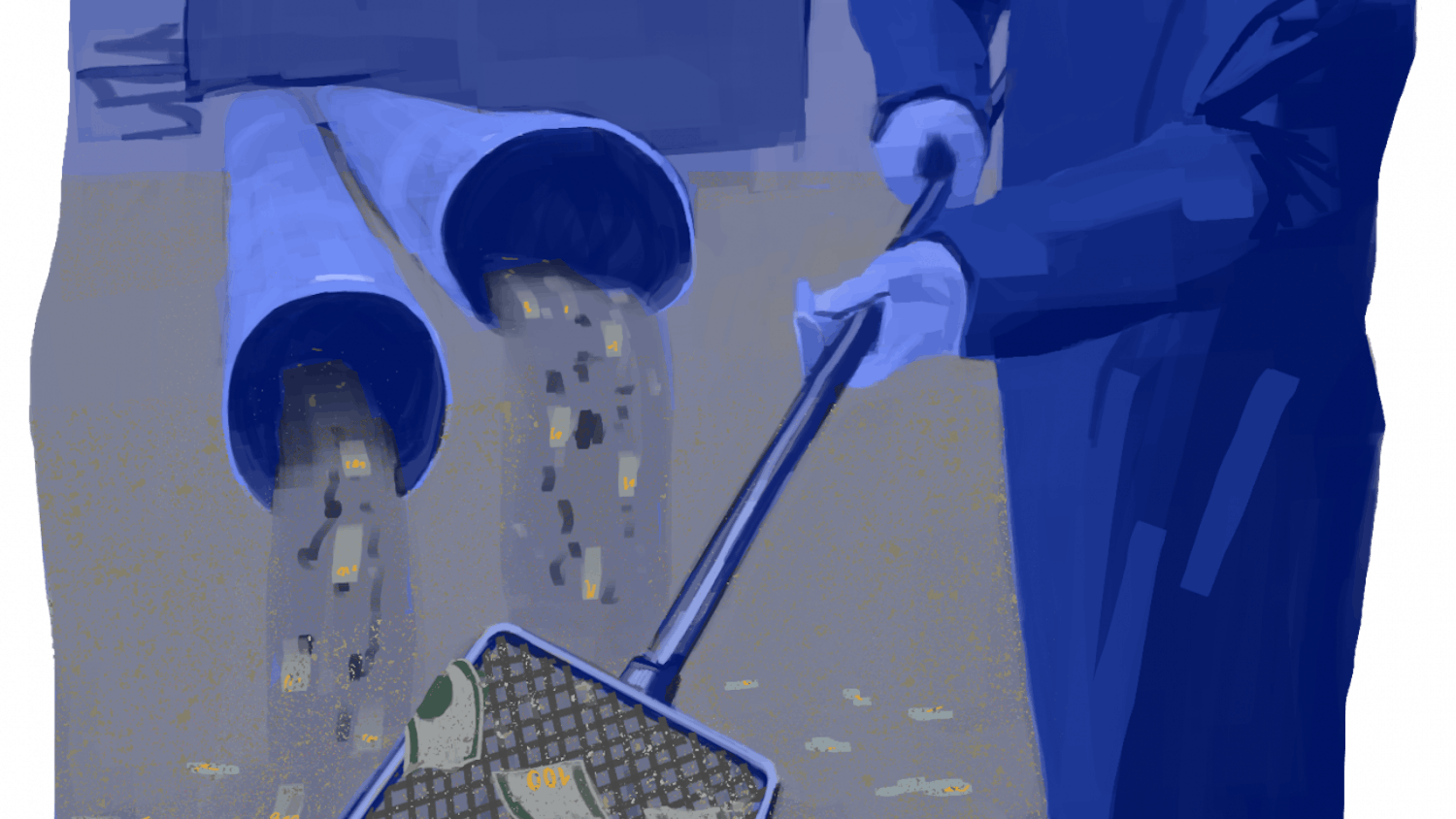"I've never told anybody this before, but why don't I tell a roomful of strangers?" joked Phil Goldman, host of Live Bait, as he relayed a story of his childhood weight struggles at the Oct. 7 Live Bait storytelling event at Perishable Theater.
Odd as Goldman's approach may seem, he is not alone. The practice of storytelling is on the rise as clubs and organizations dedicated solely to the craft pop up around the country. Live Bait and Brown Storytellers are Providence's contribution to the trend.
"Live Bait: True Stories from Real People," has few hard and fast guidelines. The monthly event is open to storytellers and listeners alike. Participants put their names in a hat for a chance to tell a true, six-minute story relating to the night's theme, and Goldman randomly picks the human storyteller "bait." No notes are allowed and no experience is required.
Though most of the stories touched upon October's "all you can eat" theme, their commonalities pretty much ended there. Participants told stories about everyday incidents as well once-in-a-lifetime experiences as they reflected on childhood, adulthood and somewhere-in-between-hood. The open-ended nature of the theme left lots of room for interpretation — experiences such as burrito-eating contests, crazy trips to Tanzania and working at a candy store were all part of the eclectic mix.
Goldman, who started Live Bait about three years ago, told The Herald there are many benefits to storytelling, especially in a low-pressure setting. Live Bait's informality encourages honesty, he said. If people felt more pressured — for instance, if the event were a competition — they might start to change their stories in an effort to be interesting, rather than true. But "the things people respond to most are emotionally honest," he said, and Live Bait lends itself to exactly that premise.
Storytelling is really about identifying with other people's stories, Goldman said. When you hear certain stories, "something kind of sticks with you," and "hits you emotionally," he added. The common ground gained from the art of oral storytelling provides both teller and listeners a space in which to connect.
Tuesday evenings on College Hill find the Brown Storytellers striving to uncover these same connections. As with Live Bait, all are welcome and encouraged to participate, but members also place a high premium on refining their storytelling skills. The group focuses not only on story-telling, but also critique and analysis. In other efforts to round out its skills, the group also listens to professionals tell stories, play games and discuss different storytelling techniques.
By hearing professionals, students learn what good storytelling really is. "Everyone has a story, but they're not necessarily great at communicating that story," said Daniel Sobor '15, a member of the club. "You need to listen to good stories to be able to tell your own," he said.
Because critique better engages the audience, it helps to create a common experience. The increased emphasis on technique did not limit tellers in their range of topics at the group's Tuesday night meeting. First-years to seniors from all different backgrounds participated, telling stories that included tales of backward family dynamics and traumatic experiences with toenails. "We know each other because we know each other's stories," Sobor said.
The reason for this age-old art form's rising popularity is unclear, but Goldman said he thinks humans yearn for something "primal and old-fashioned and real" as they become more obsessed with technology.
Whatever the reason may be, its effect appears positive. In coming years, storytelling will continue to showcase human difference, but also emphasize our unwavering desire to relate.




